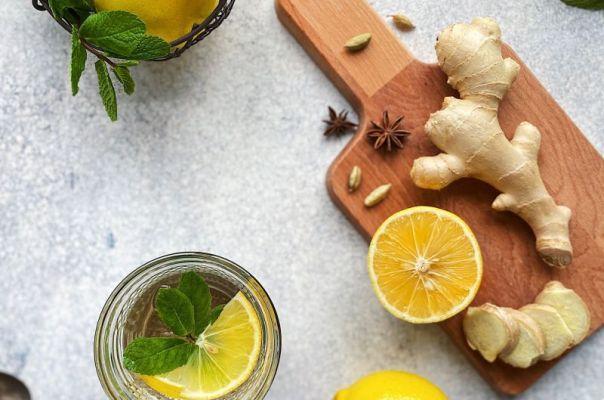
A healthy and natural diet includes the consumption of seasonal fruit and vegetables. Respecting the seasonality of food helps to follow ahealthier and more balanced diet; as a result it helps health and well-being. In particular, the season of autumn, food and the liver are closely linked.
But what are the foods of autumn? We illustrate some of them.
Three fruits for autumn
pomegranate. The pomegranate fruit is very rich in mineral salts and vitamins; it also has remarkable properties antioxidants. According to some recent scientific studies, it would also help in controlling cholesterol. All these characteristics make pomegranate one of the richest autumn foods which, however, we may find too infrequently on our tables.
Kiwi. Rich in vitamin C, it is useful for preventing colds and for strengthening the immune system. It has antioxidant properties and helps intestinal motility. Finally, it contains a good amount of calcium and phosphorus.
Mele. The apple is perhaps the most commonly used fruit in autumn and winter months. Also excellent cooked, it is ideal for the preparation of tasty cakes. There are many different varieties and each has its own nutritional characteristics; in general, however, they are rich in vitamins C, PP, B1 and B2. Apples are the first fruit that is introduced into the baby's diet and are an excellent snack from 5/6 months of age.
Also discover all the foods rich in antioxidants
Vegetables for autumn
Carciofi. Digestive, rich in potassium and minerals, artichokes owe most of their properties to cynarin, the same substance at the base of the characteristic bitter taste. The organ that benefits most from the consumption of this fall food is the liver. The artichoke, in fact, promotes the secretion of bile acids as well as diuresis. To obtain the greatest benefit, the artichoke should be eaten raw; in fact, with cooking, many of the effects of the cinarina are lost.
Pumpkin. Among the autumn foods, pumpkin is certainly the most versatile; you can prepare an entire menu, from appetizers to desserts. The pulp is particularly rich in carotenoids and is very low in calories; 100 grams of pumpkin contains only 17 calories. It is very light and easily digestible and has diuretic, refreshing and laxative properties.
Let's not forget the pumpkin seeds that once roasted and salted they are perfect as appetizers: they contain phytosterol, fats, melene and filolecithin; they are mild anti-inflammatory and help prevent urinary tract dysfunction.
Cabbage and broccoli. They are among the most commonly used foods for autumn and winter recipes. They are rich in vitamins (A, B1, B2, B9, PP, C), folic acid and minerals, including phosphorus, calcium and potassium. They have a good antioxidant power and, thanks to the high chlorophyll content, help the body in the production of hemoglobin and therefore in the prevention of anemia. They are low in calories and have an excellent satiating power, therefore they are excellent foods for those who want to stay on a diet.
The properties, nutritional values and calories of mushrooms
3 autumn recipes
Iimage | Pizzodisevo


























